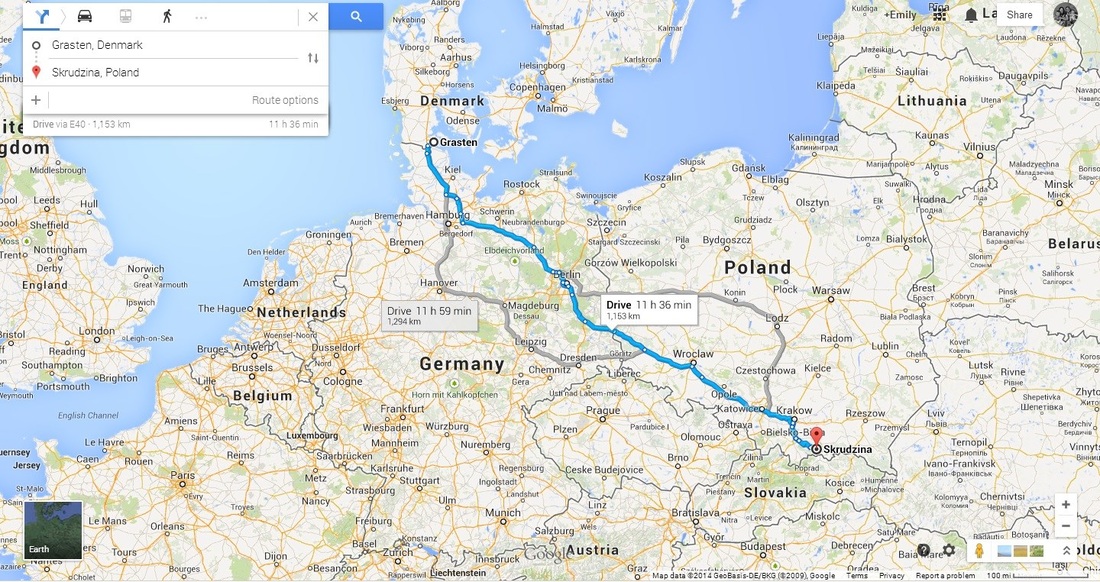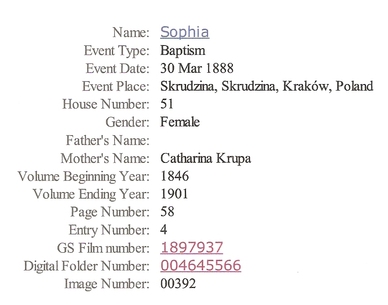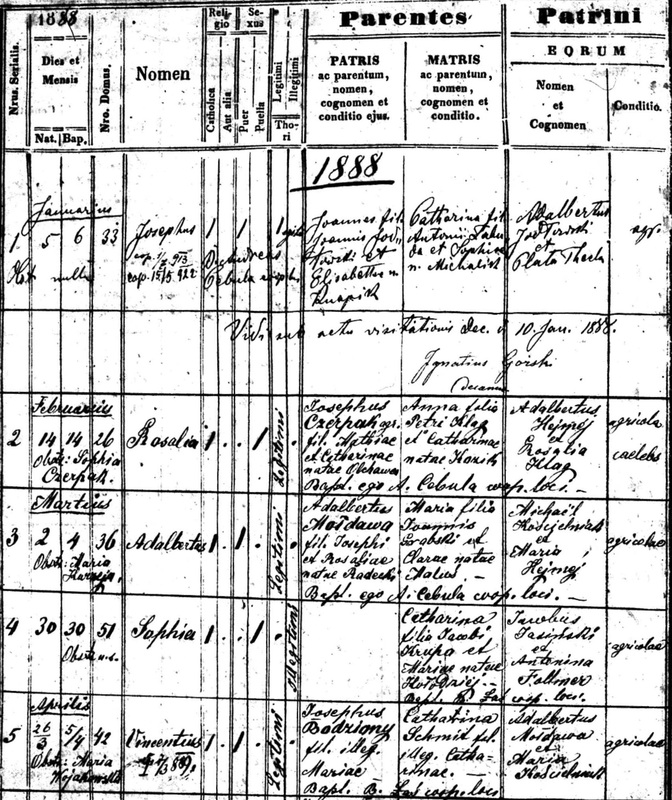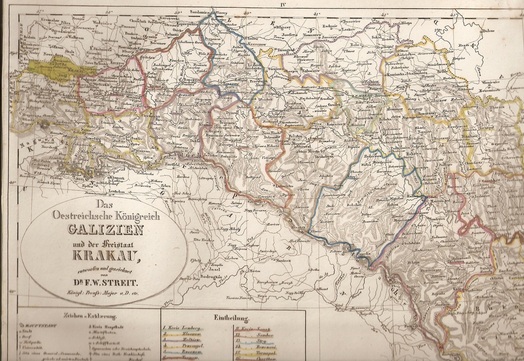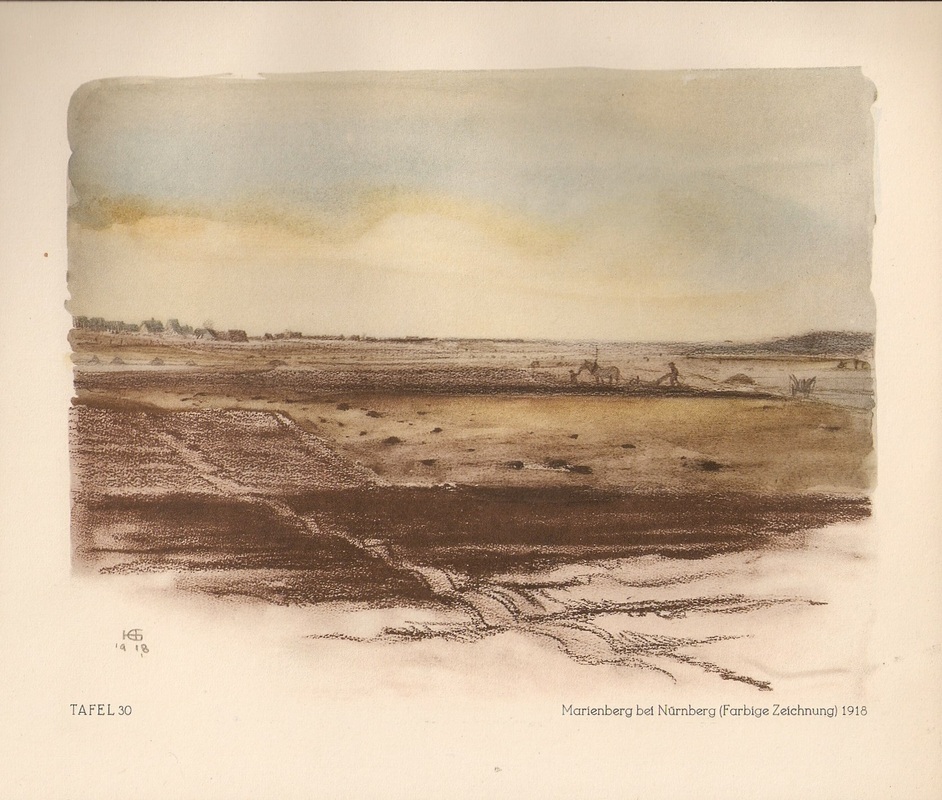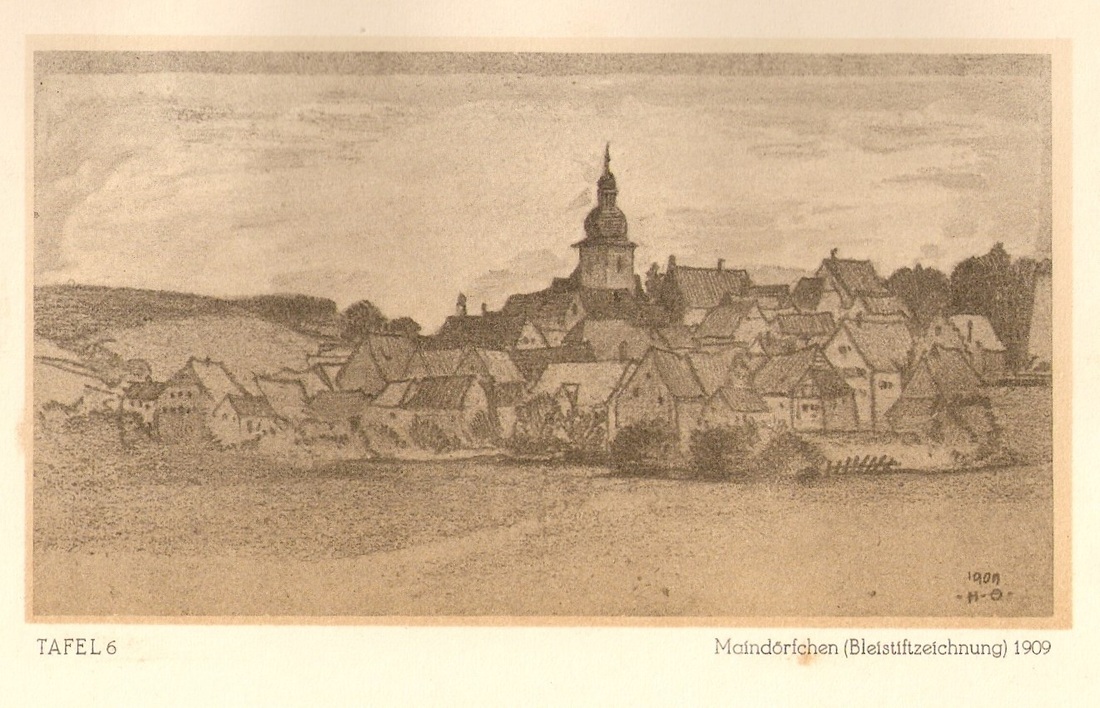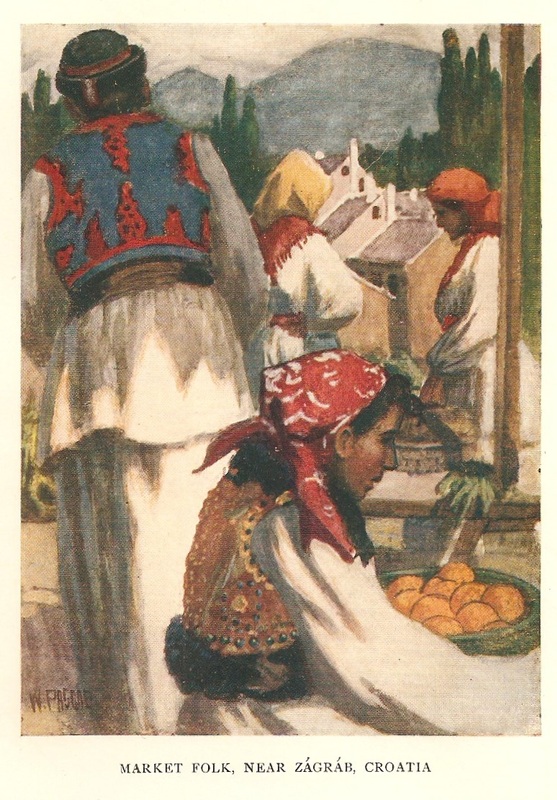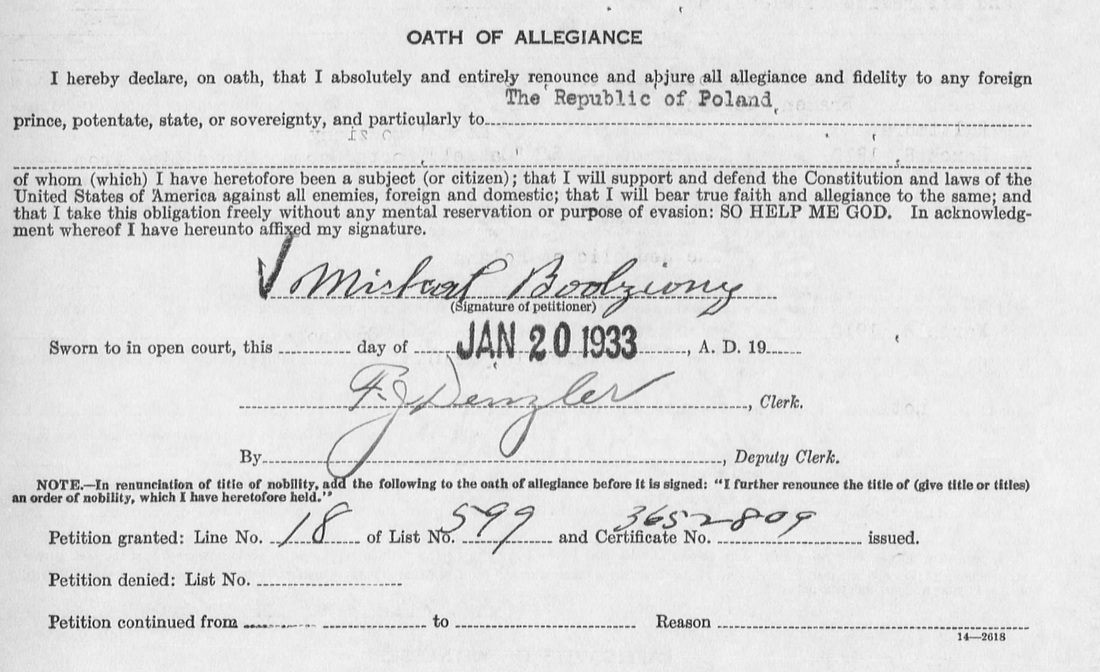As you can see, there is Polish writing underneath the names. Notes like these were not present in every marriage record on the microfilm, so I naturally wondered what it meant. I posted the image in the 'Polish Genealogy' group on Facebook, and asked if anyone could help me read and translate it. A very kind member did so, and I learned that the statement is basically the father of the bride, Joseph Golonka, consenting to the marriage. I also learned from one of the translators that the age of consent in Galicia in the 1860s was 21 years, so Sophia was too young to formally consent on her own.
Below is a map showing the location of Brzezna, in what is now southern Poland. After their wedding, Joseph and Sophia went to live in the nearby town of Swiniarsko, which is where all of their children, including my great-grandfather, Michael, were born.
©2014, copyright Emily Kowalski Schroeder


